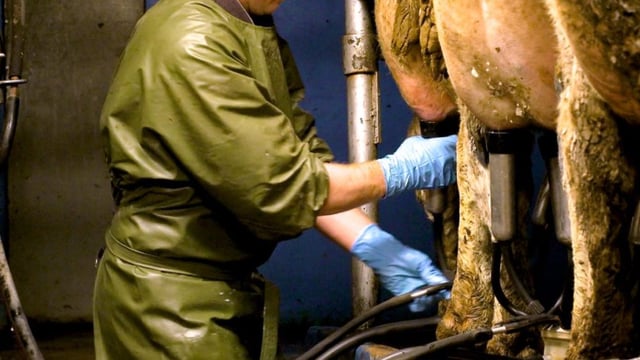Have in-spec bonus beef price rates become outdated?
Beef prices are now more than double the rate prices were at when the in-spec bonus pricing model was introduced and it begs the question - have the in-spec bonus beef price rates become outdated?
This question was put to the guest speakers at a recent Teagasc Beef farm walk by a farmer in attendance.
Responding to the question, Bord Bia's beef and livestock sector manager, Joe Burke, said: "The grid came in when base price was at €3/kg. It's amazing to think that we're more than double that now so yes, possibly the in-spec bonus possibly should be revisited because it's not as good of an incentive as when it was introduced."
Prior to December 2009, cattle were paid based on fatness and confirmation. Fat scores ranged from 1-5 and confirmation ranged E,U,R,O and P.
While this is similar to today's system, the prices within the grades did not have standardised price differentials and were determined by the open market.
The table below outlines the price differentials on the Quality Payment System (QPS) grid that is currently used.
| U+ | U= | U- | R+ | R= | R- | O+ | O= | O- | P+ | |
|---|---|---|---|---|---|---|---|---|---|---|
| 2+ | 24 | 18 | 12 | 6 | Base | Base | -18 | -24 | -30 | -36 |
| 3 | 24 | 18 | 12 | 6 | Base | Base | -12 | -18 | -24 | -30 |
| 4- | 24 | 18 | 12 | 6 | Base | Base | -12 | -18 | -24 | -30 |
| 4= | 24 | 18 | 12 | 6 | Base | Base | -12 | -24 | -30 | -36 |
| 4+ | 18 | 12 | 6 | 0 | -6 | -6 | -18 | -24 | -30 | -36 |
| 5 | 0 | -6 | -12 | -18 | -24 | -24 | -36 | -42 | -48 | -54 |
Eligible heifers and steers under 30 months-of-age currently receive a 20c/kg or 12c/kg price bonus, and eligible heifers and steers between 30-36 months-of-age receive an 8c/kg bonus as part of the QPS payment system.
The current face of the Irish beef industry is almost unrecognisable from the industry when the 15-point payment grid pricing that is still used today was introduced in late 2009.
For example, in 2008, 53% of the approximately 2.2 million calves born in Ireland were born to suckler cows with 47% of all calves born in the country coming from the dairy herd.
Over one million calves were sired by Charolais, Limousin, and Simmental bulls, with Angus-sired calves at approximately 268,000 head that year.
In 2023, 33% of the approximately 2.4 million calves born were from suckler cows with 67% coming from the dairy herd.
Approximately 525,000 calves were sired by Angus bulls, with Charolais, Limousin and Simmental sires combined accounting for just under 680,000 head.
With DAFM data available as far back as 2011, in that year, over 53% of steers graded an R- or above.
In 2024, 36.5% of all steers graded an R- or above, a drop of 16.5% in 13 years. It should also be highlighted that the number of male cattle finished through bull beef systems has also significantly declined.
Some changes were made to the pricing structure in 2019 but, even then, steer base price was at approximately €3.45/kg versus the steer base price of €7.20/kg tabled in some cases this week.
With base price having increased by a further €3.75/kg since the 2019 changes, the question must also be asked - has the price differentials between grades and fat scores decreased or increased since then and if so, should this be reflected in the payment system?
The Irish Government's Climate Action Plan to reduce greenhouse gas emissions (GHG) in agriculture by 25% from the reference year of 2018 to 2030 has a target to reduce the average age of steers at slaughter from 26 months-of-age to 22-23 months by 2030.
The current pricing model at several processors does financially reward farmers for reducing the average slaughter age of their cattle.
Some changes have been made to payment structures with Foyle Food Group offering an additional 10c/kg 'weight bonus' for in-spec cattle with carcass weights ranging from 300-400kg.
Also, breed bonuses have become much more prominent for Angus and Hereford cattle in particular, with breed bonuses of 20-30c/kg regularly tabled for in-spec, eligible cattle.
Factories such as ABP Food Group have introduced a 'Sustainability Bonus' which its farmer-suppliers can voluntarily apply for and avail of a 20c/kg price bonus on their eligible cattle for meeting the requirements of its sustainability initiative called the Advantage Beef Programme.
Kepak Group is also offering a price bonus to beef farmer suppliers through its Twenty20 beef club.
It appears all bets are off as regards forecasting where beef price will eventually 'level off at' with no-one in the beef industry willing to say with any degree of certainty if the trade is heading towards €10/kg or back towards €5/kg.
Regardless, it has to be questioned if the current trade and prices available for cattle coupled with the changing composition of the national beef herd would all suggest the pricing model should evolve to reflect where the beef industry is currently at and what it is aiming to achieve and financially reward farmers for.





